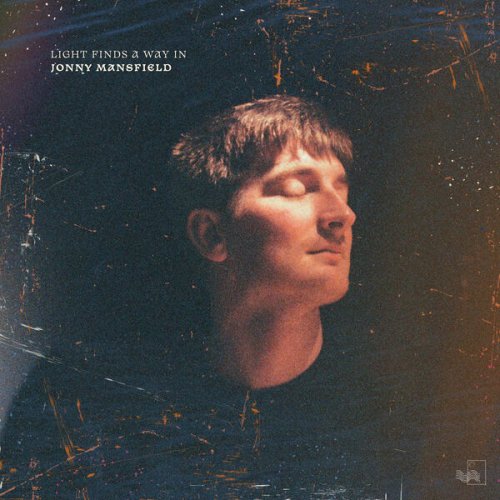Cappella Nova & Richard Taruskin - Josquin des Prez: Motets for the Blessed Virgin (2022) [Hi-Res]
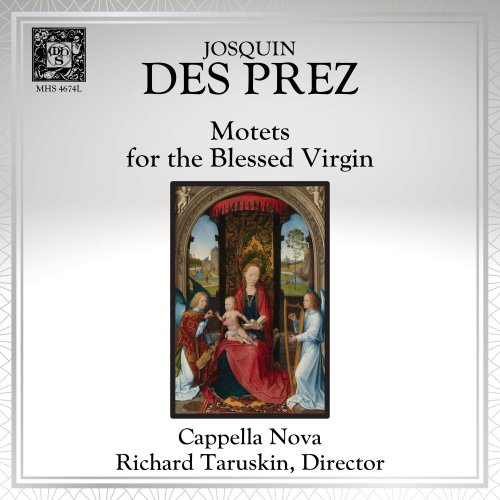
Artist: Cappella Nova, Richard Taruskin
Title: Josquin des Prez: Motets for the Blessed Virgin
Year Of Release: 2022
Label: Musical Heritage Society
Genre: Classical
Quality: flac lossless (tracks) / flac 24bits - 96.0kHz
Total Time: 00:56:11
Total Size: 197 / 521 mb
WebSite: Album Preview
TracklistTitle: Josquin des Prez: Motets for the Blessed Virgin
Year Of Release: 2022
Label: Musical Heritage Society
Genre: Classical
Quality: flac lossless (tracks) / flac 24bits - 96.0kHz
Total Time: 00:56:11
Total Size: 197 / 521 mb
WebSite: Album Preview
01. Ave Maria
02. Vultum tuum deprecabuntur: Prima Pars - Vultum tuum deprecabuntur
03. Vultum tuum deprecabuntur: Secunda Pars - Sancta Dei genitrix
04. Vultum tuum deprecabuntur: Tertia Pars - Intemerata Virgo
05. Vultum tuum deprecabuntur: Quarta Pars - O Maria
06. Vultum tuum deprecabuntur: Quinta Pars - Mente tota
07. Vultum tuum deprecabuntur: Sexta Pars - Ora pro nobis
08. Vultum tuum deprecabuntur: Septima Et Ultima Pars - Christe, Fili Dei
09. Ave, nobilissima creatura
10. Pater Noster/Ave Maria
11. Salve Regina
12. Benedicta es, coelorum Regina
13. Ave Maria (Senfl)
For the last eight years, Cappella Nova has been singing liturgical music of the Renaissance and the late Middle Ages for New York audiences. Sunday evening at St. Joseph's church in Greenwich Village the 19-member group and its director, Richard Taruskin, gave their last concert for a while. Cappella Nova is taking a year off and is scheduled to reassemble in the fall of 1984.
They will be missed. New York, for all its variegated musical resources, has few vocal ensembles of true excellence. Cappella Nova, in terms of tone, technique, sophistication and seriousness of purpose, has stood consistently above its colleagues, and Sunday's concert, which centered on Flemish music of the early 16th century, reminded us how satisfying Mr. Taruskin and his singers can be.
The concert was titled ''A Flemish Tribute to the Virgin Mary,'' and there was music by Josquin des Prez, Pierre de la Rue, Henricus Isaac, Loyset Compere, and most especially, Jacob Obrecht. The evening centered on Obrecht's ''Miss Salve Diva Parens,'' a work of great beauty and arresting originality. Its music plays with architectural proportions as a mathematician plays with numbers, but one never feels burdened by detail. The Kyrie is full of sinuous rhythmic life and wonderful modulations. The Agnus Dei is blessed with gracefully skipping sequential patterns. And there is one startling harmonic change in the Sanctus that cuts across five centuries of harmonic development in its immediacy.
St. Joseph's church opens onto the hyperactivity of the lower Avenue of the Americas, and grating street noise and sirens intermittently intruded on Cappella Nova's beautiful singing. These outside sounds were in one sense disruptive, but in another, they seemed to frame and heighten the serenity and peace of the great music within.

![Demo Rumudo - Second Nature (2025) [Hi-Res] Demo Rumudo - Second Nature (2025) [Hi-Res]](https://www.dibpic.com/uploads/posts/2025-12/1765883076_cover.jpg)
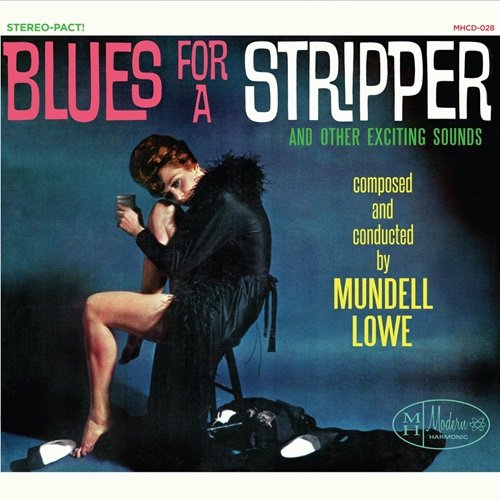
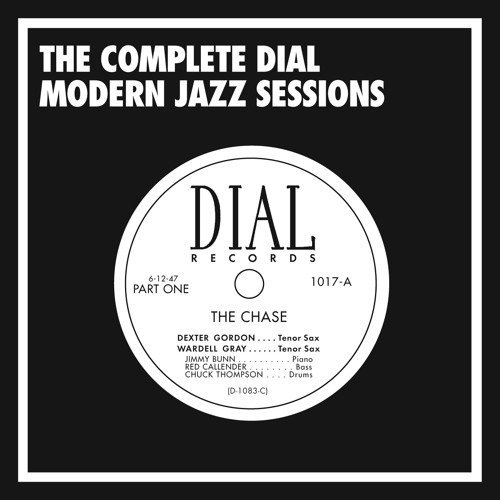
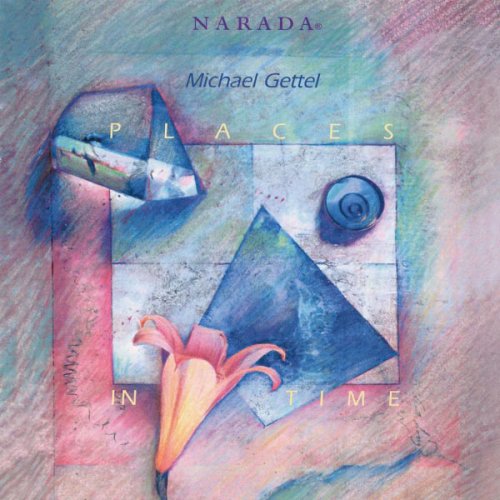
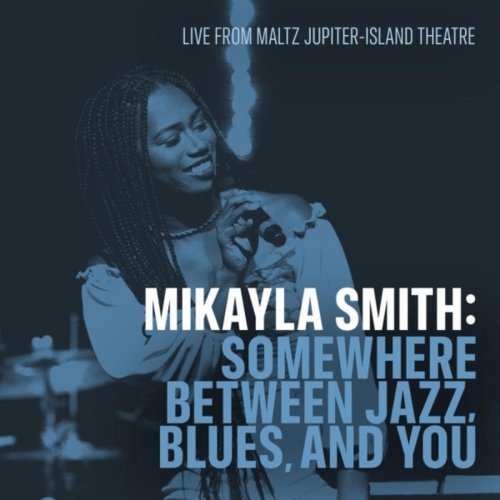
![Luizinho do Jêje, Marcelo Galter, Sylvio Fraga - Mocofaia (2024) [Hi-Res] Luizinho do Jêje, Marcelo Galter, Sylvio Fraga - Mocofaia (2024) [Hi-Res]](https://img.israbox.com/img/2025-12/19/ie15pqye9f7axu0oyf0ndsk7k.jpg)
